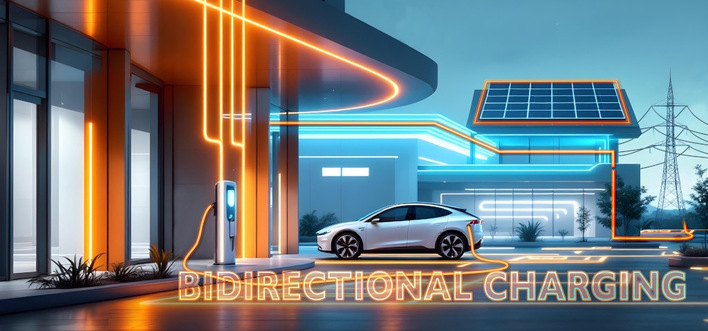E-Mobility advise commercial property owners what to consider when planning for new charging infrastructure, and how to avoid mistakes, when preparing and future-proofing parking spaces for new EU requirements on extended charging infrastructure.
Borlänge-based E-Mobility is the Soltech Group’s company with specialist expertise in large-scale installations for electric car charging and high-efficiency charging infrastructure. Since the company was founded, they have designed, installed and maintained thousands of charging points across large parts of southern and central Sweden.
See also: Pioneering fast-charging project in Stockholm
Their new project will be carried out in Nacka, just outside Stockholm. The deal covers the design, installation and operation of at least 100 charging points for the real estate company Elisby Fastigheter, who also chose E-Mobility as a supplier for the operation and maintenance of the installations. Construction will start in April.“
See also: Stockholm’s first mobile fast charger for electric boats installed
„It feels great to be entrusted with carrying out a new charging infrastructure project for a real estate company that focuses on sustainability. Now we are helping them adapt their parking spaces to the new EU requirements for charging infrastructure“, says Maja Pettersson, Key Account Manager at E-Mobility.
New EU rules from 2025 – expected to be further tightened in 2027
At the turn of the year, a new EU directive came into force, requiring commercial properties, such as shopping centers and sports halls, with 20 parking spaces or more to offer at least one charging point. The basis for the new requirements is the EU Energy Performance of Buildings Directive (EPBD). However, the EU’s ambition to expand the charging infrastructure in the Union does not stop there. As early as 2027, EU regulations are expected to be further tightened to require at least one charging point for every tenth parking space.
See also: The smarter E Europe – Save billions with bidirectional charging
„The new EU rules are beneficial and will make it easier to be an electric car user in Sweden. However, we have noticed that many property owners are not aware of the new regulations or what is expected of them. Therefore, we would like to offer some advice on what to consider when adapting your parking spaces to current requirements, while also future-proofing them to meet even stricter regulations“, says Martin Götesson, CEO of E-Mobility.
Important points to consider
Maya Pettersson and Martin Götesson mention important points to consider as a property owner and to avoid pitfalls:
Map both parking spaces and electrical systems: Start by taking stock of your electrical system and your parking spaces. Check whether your electrical installations can handle the extra load that charging posts entail or if reinforcements are needed. Thorough planning and a careful selection of services reduce the risk of problems later on and can also ensure hassle-free ownership, including operation, monitoring, and individual billing.
Future-proof charging points: The new requirements have just come into force, but in 2027 the requirements will be tightened, as one charging point must be available for every tenth parking space, and 50 percent of the spaces must be prepared for charging. By planning for future needs, you can avoid unnecessary costs for remodeling later on.
Use financial support: Apply for a grant via, for example, Klimatklivet, which can cover up to 50 percent of the costs of installation and materials.
Avoid pitfalls
Deficient analysis: Make sure to carefully analyze your electrical system before installation. If the electrical system cannot cope with the increased load, it can lead to expensive upgrades later.
Installing minimum requirements: Installing only at the minimum level can lead to future renovations and costs as requirements become stricter over time. Think long-term to avoid this.
Starting too late: It is wise to start planning immediately, the new requirements are already in place. If excavation work is required, it can be significantly more difficult to carry it out during the winter when it is cold or the ground is frozen. Being proactive can save both time and money in the long run. (hcn)








